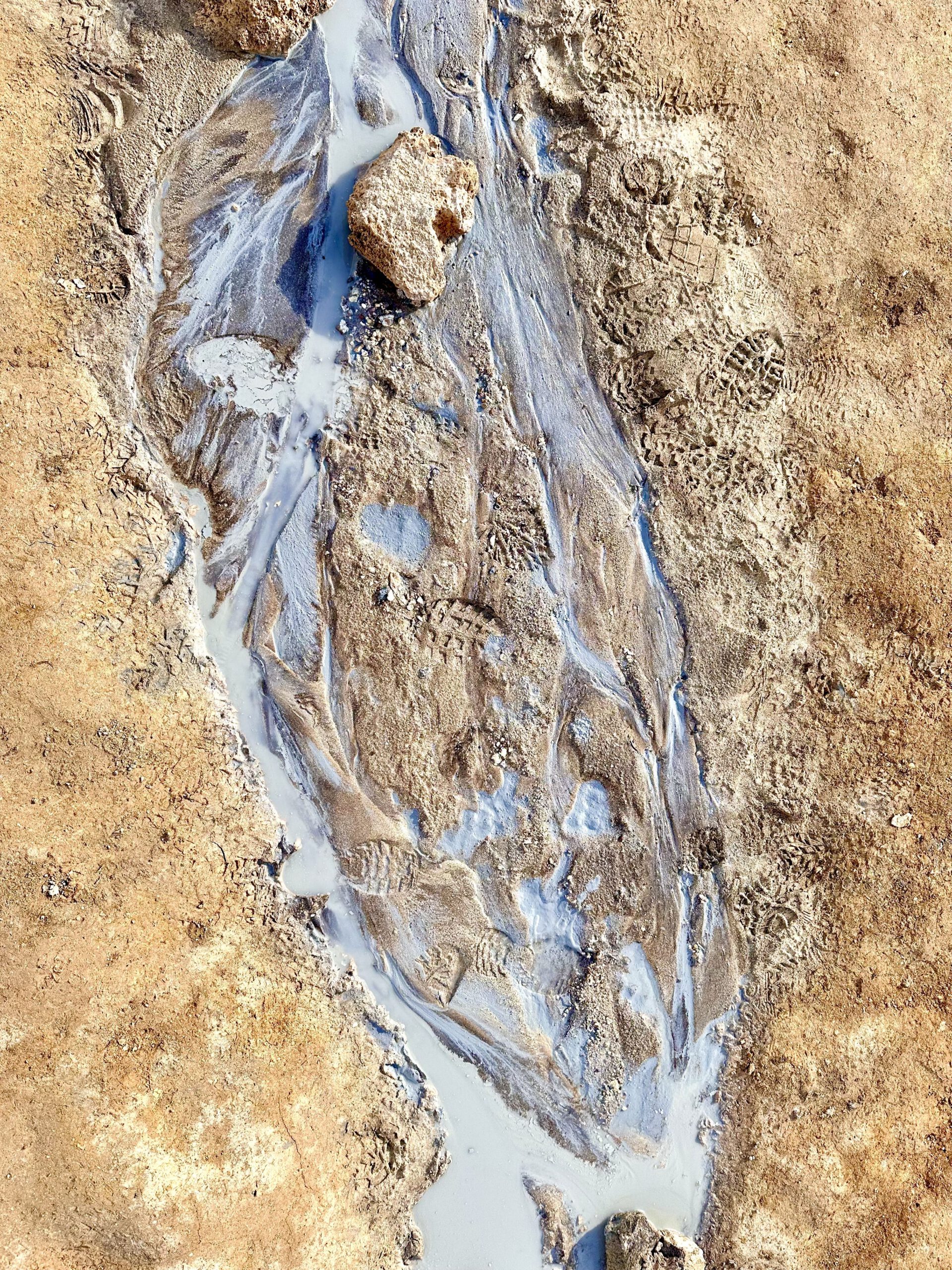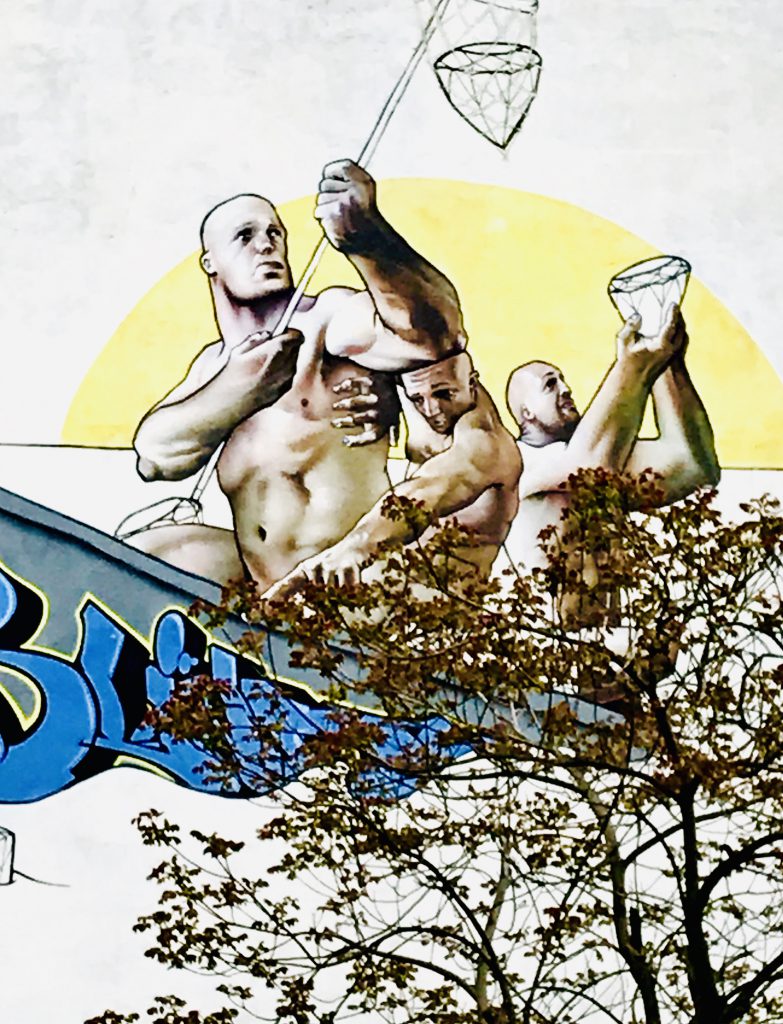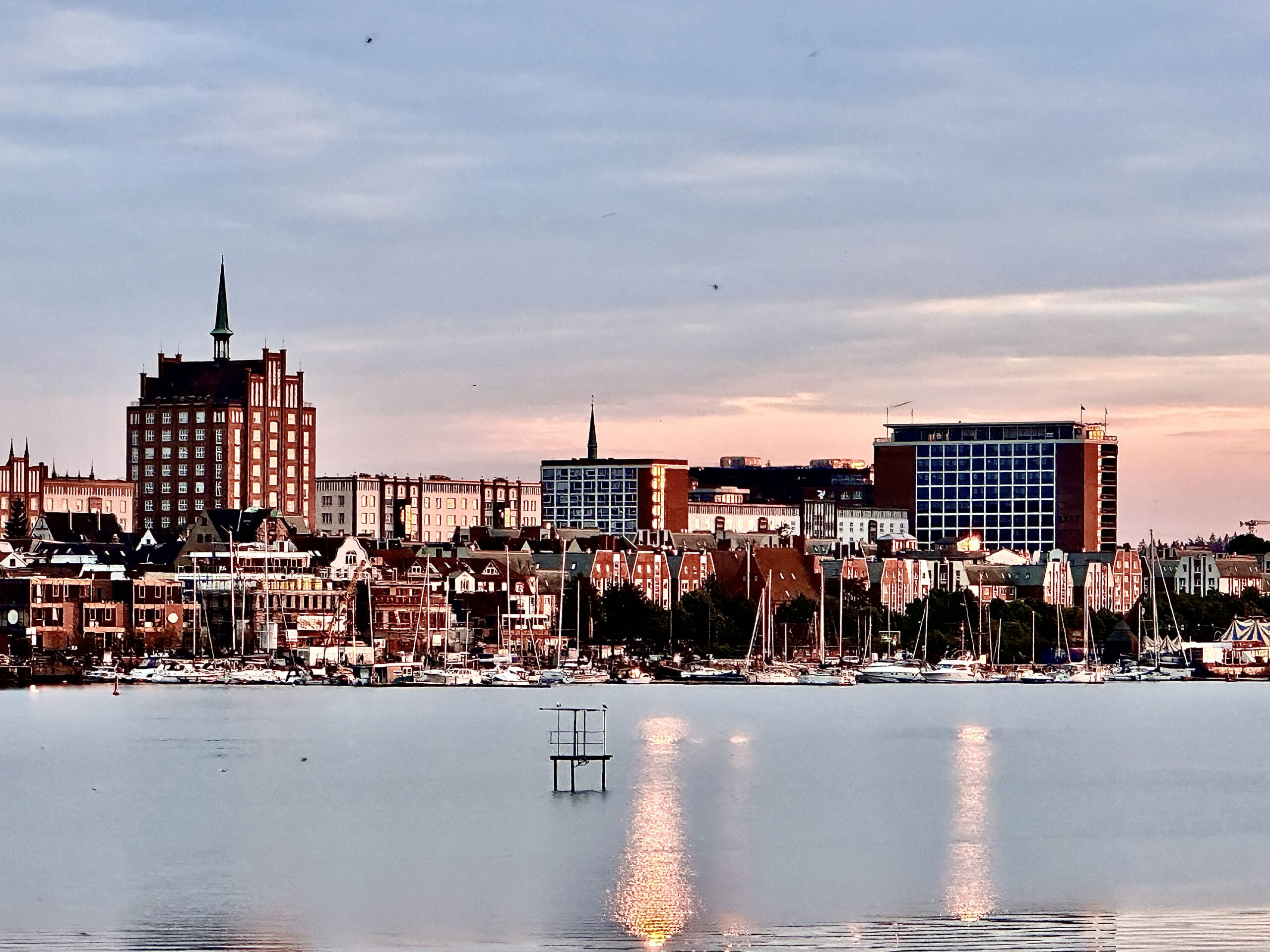Saphenion®: Arteriovenöse Ulcera Saphenion®: Arteriovenous Ulcers
Saphenion®: Arteriovenöse Ulcera: Patienten, die unter einem gemischten arterio-venösen Ulcus cruris leiden, verweilen oft lange erfolglos in der Behandlung bei Haus- und Fachärzten. Oft bleiben monate- oder gar jahrelange Therapieversuche frustran für Arzt und Patient. Die Crux liegt leider auch heute noch in dem Kardinalsfehler, das die Wunde oft als als rein äußerliches Problem gesehen wird, und eine Gefäßdiagnostik der Arterien und Venen erst am Ende der Diagnostikkette hängt.





